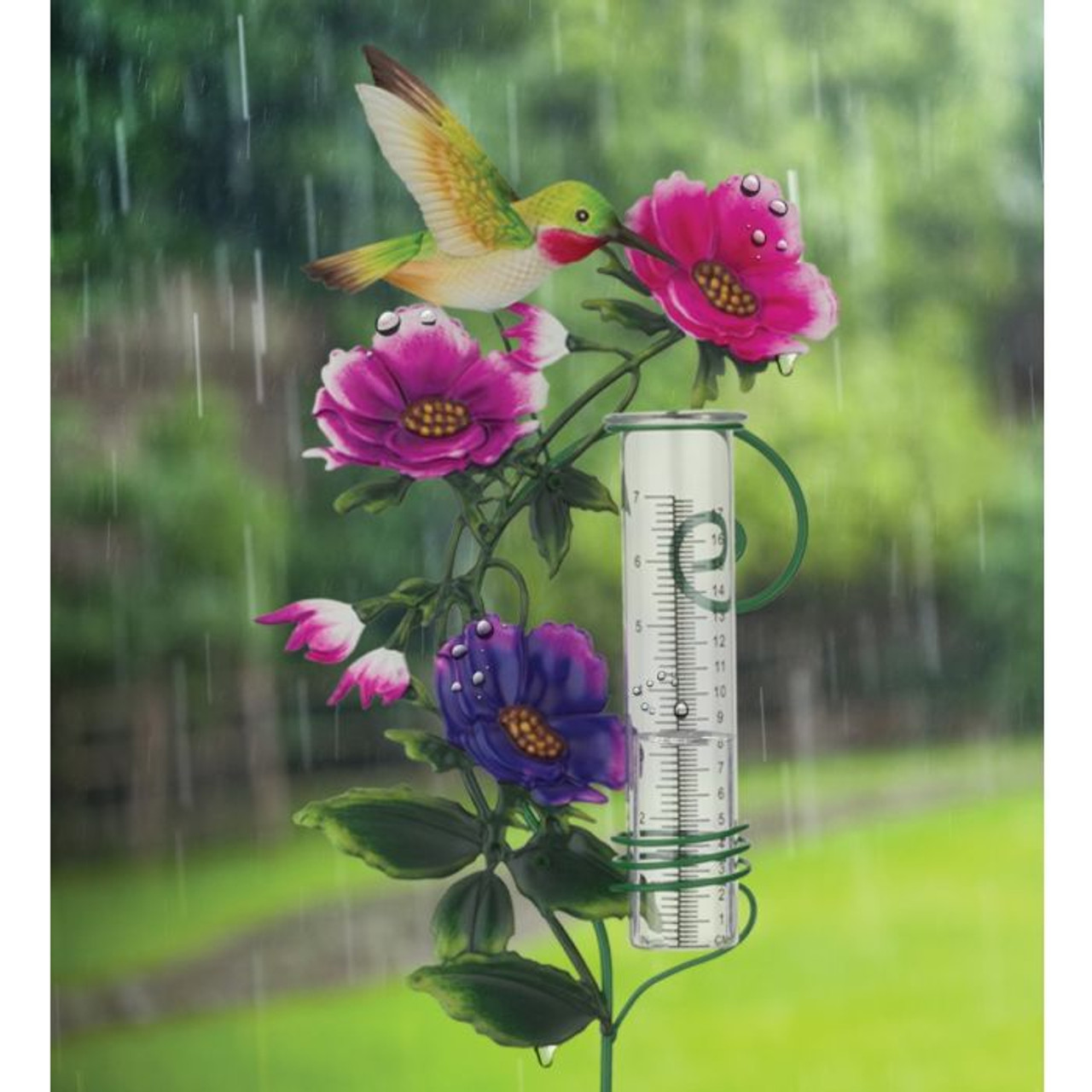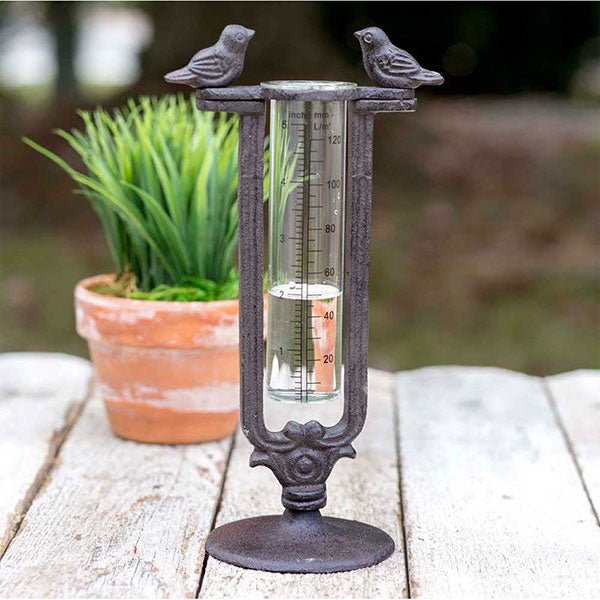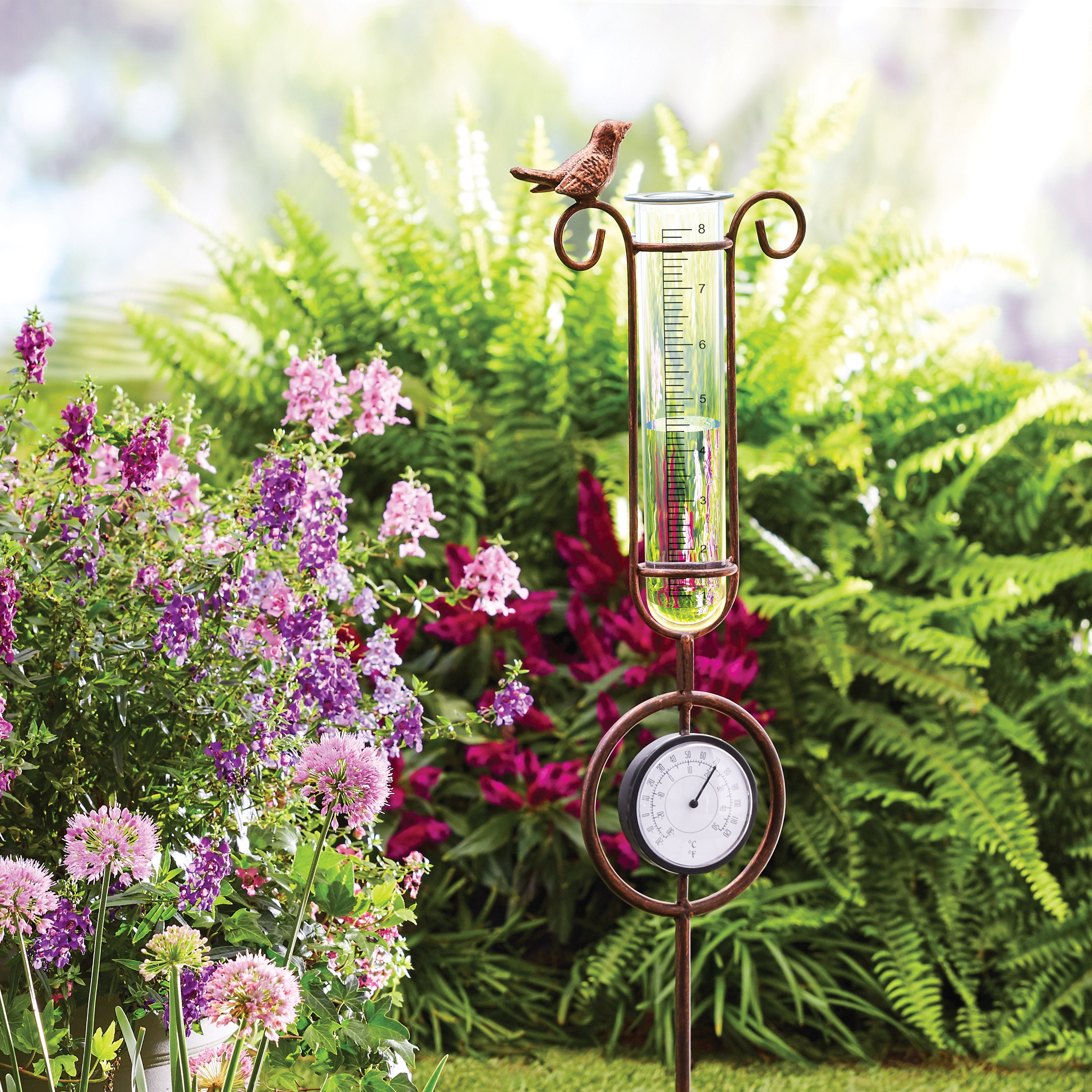The Rain Gauge: A Comprehensive Overview to Accurate Weather Condition Measurement
The Rain Gauge: A Comprehensive Overview to Accurate Weather Condition Measurement
Blog Article
Exactly How to Choose the Right Rain Gauge for Accurate Rainfall Data
Precise rainfall information is important for numerous sectors and tasks, such as water, weather forecasting, and agriculture resource monitoring. To acquire dependable measurements, it is vital to choose the ideal rainfall scale. This overview intends to offer useful understandings right into the choice procedure, permitting you to make informed decisions. Taking into consideration factors such as place, type, and precision of the rain gauge will certainly aid ensure exact data collection. Additionally, understanding the maintenance and calibration treatments will add to the long life and reliability of your rainfall gauge. By complying with these standards, you can guarantee exact rainfall data, allowing better decision-making and planning for various applications.
Significance of Picking the Right Rain Scale
The value of picking the best rainfall scale hinges on getting precise and dependable rainfall data for precise meteorological analysis. Rain information is vital for a vast array of applications, consisting of weather condition projecting, hydrological modeling, and climate research study. Undependable or incorrect data can bring about erroneous conclusions and flawed decision-making procedures.

Second of all, the accuracy and accuracy of the rain scale are vital. The gauge must be able to measure rains with high precision, recording even tiny amounts of precipitation accurately.
In addition, the place and installation of the rain gauge are essential considerations. It needs to be positioned in an open area, away from blockages that could influence rainfall measurements. The scale needs to be placed at a suitable elevation and angle to avoid spilling and ensure appropriate catchment of rainwater.
Aspects to Consider When Selecting a Rainfall Scale
When choosing a rain scale, there are numerous essential aspects to consider. These elements can considerably impact the accuracy and dependability of the rains data gathered. The very first element to consider is the type of rainfall scale. There are various types offered, consisting of conventional rainfall gauges, tipping bucket rain assesses, and considering rain assesses. Each kind has its very own advantages and drawbacks, so it is essential to choose one that finest matches your certain needs and demands.
One more element to think about is the material of the rainfall scale. Rainfall assesses can be made from different materials, such as plastic, glass, or metal. The product selected should be resilient and resistant to weather problems, making certain that the rainfall scale will hold up against the components and give exact measurements in time.
Accuracy is likewise an important variable to think about. Seek rain gauges that have been adjusted and examined for precision. Features such as anti-splash rings and funnels can additionally enhance the accuracy of the dimensions.

Finally, think about the environment and environment in which the rainfall gauge will certainly be used. Different rainfall evaluates are ideal for different environments, so it is very important to pick one that is appropriate for the conditions in your location.
Various Sorts Of Rain Determines Available
To better explore the aspects to take into consideration when picking a rainfall scale, it is important to understand the different types of rain gauges available. The most typical type is the conventional rainfall gauge, likewise understood as the cylindrical rainfall scale.
Another kind of rainfall gauge is the tipping pail rain scale. As the rain drops right into the gauge, it loads up one side of the bucket, creating it to clear the water and tip.
A 3rd kind of rain scale is the evaluating rainfall gauge. This scale utilizes a balance system to gauge the weight of the collected rains. As the rain falls under the scale, it is collected in a container attached to a balance. The weight of the water is gauged, and the rainfall quantity is calculated based upon the weight. Considering rain gauges are extremely exact however can be more costly and require routine maintenance.
Finally, there are likewise remote rainfall evaluates that use progressed innovation to gauge rainfall (The Rain Gauge). These evaluates usage sensing units and transmitters to send out data wirelessly to a central device. Remote rainfall gauges are convenient for checking rainfall in hard-to-reach areas or for massive information collection
How to Identify the Precision of a Rainfall Scale
One way to examine the precision of a rainfall scale is by conducting regular calibration measurements. Calibration involves comparing the analyses of a rainfall scale to a conventional dimension, such as a qualified rain scale or a climate terminal with high precision. By contrasting the dimensions, any kind of inconsistencies or errors in the rainfall scale can be recognized and made up.
To perform a calibration dimension, beginning by collecting rainfall data from both the rain gauge and the conventional dimension tool over a specific amount of time, such as a month. Then, compare the readings and calculate the distinction in between them. This distinction is called the calibration mistake.
It is crucial to note that calibration measurements need to be executed consistently, as ecological elements, such as particles, temperature, and wind, can impact the accuracy of the rainfall scale over time. By performing routine calibrations, any adjustments look at here in the accuracy of the rainfall gauge can be found and adjustments can be made as necessary.
Along with calibration, it is also suggested to clean and keep the rain scale on a regular basis to ensure its precision. Remove any type of debris or blockages that may impact the accuracy of the measurements, and look for any type of signs of damages or use that may call for repair work or substitute.
Tips for Maintaining and Adjusting Your Rainfall Gauge
Routine upkeep and calibration are important for guaranteeing the precision and reliability of your rain scale in gauging rainfall data (The Rain Gauge). By adhering to a couple of simple suggestions, you can make sure that your rain gauge is appropriately maintained and calibrated
First of all, it is essential to clean your rain scale consistently to protect against any particles or dust from obstructing the rainfall collection device. Use a soft brush and a moderate detergent to carefully cleanse the within and outside of the gauge. Rinse it completely with tidy water and enable it to completely dry totally prior to re-installing it.
Second of all, it is advised to adjust your rainfall scale a minimum of as soon as a year. Calibration includes contrasting the measurements of your rainfall scale with those of a relied on and exact reference gauge. This will help you identify and remedy any type of prospective errors in your rain gauge's measurements.
To calibrate your rain internet gauge, gather a recognized volume of water using a gauging container and contrast it with the measurements taped by your rainfall gauge. Adjust the readings accordingly to ensure precision.

Final Thought
Finally, selecting the ideal rain gauge is vital for acquiring precise rainfall information. Elements such as location, function, and budget plan must be thought about when choosing a rainfall gauge. There are different types of rainfall evaluates readily available, each with their own advantages and constraints. It is necessary to routinely preserve and adjust your rainfall gauge to ensure its precision. By adhering to these guidelines, precise rains data can be acquired for different applications.
There are various kinds offered, consisting of common rainfall assesses, tipping bucket rainfall assesses, and evaluating rain evaluates.To better explore the factors to think about when selecting a rain gauge, it is important to comprehend the different kinds of rainfall assesses offered. The most typical type is the basic rainfall gauge, also known as the round rainfall gauge.Another kind of rain gauge is the tipping pail rainfall scale. Calibration includes comparing the analyses of a rain scale to a typical dimension, such as a licensed rain go to the website scale or a climate station with high accuracy.
Report this page